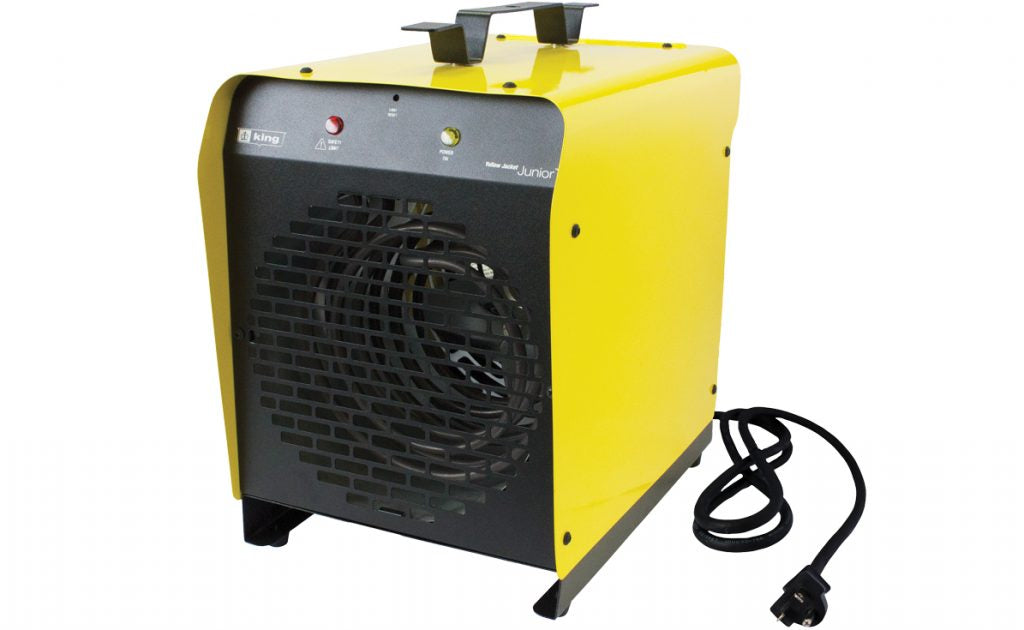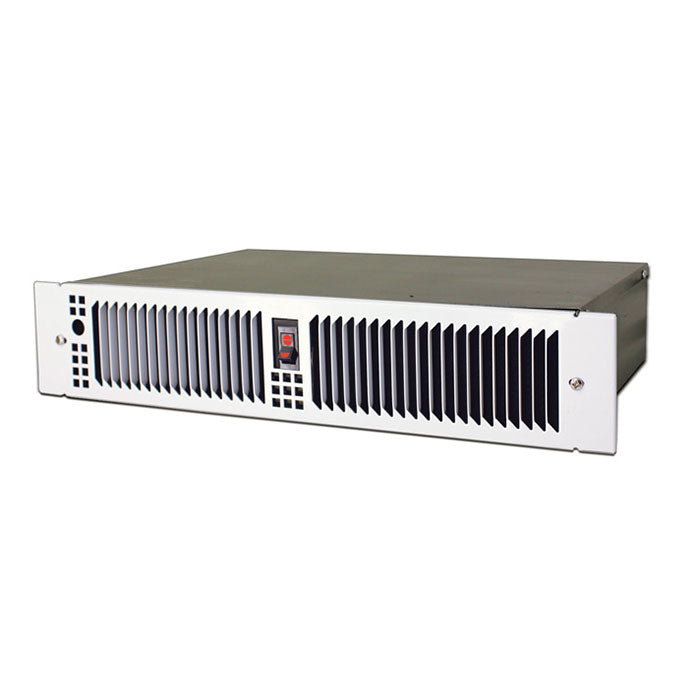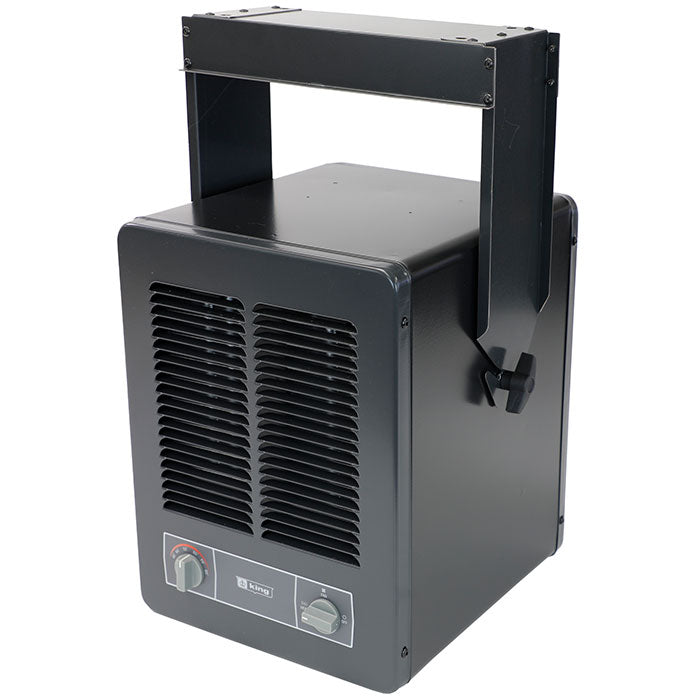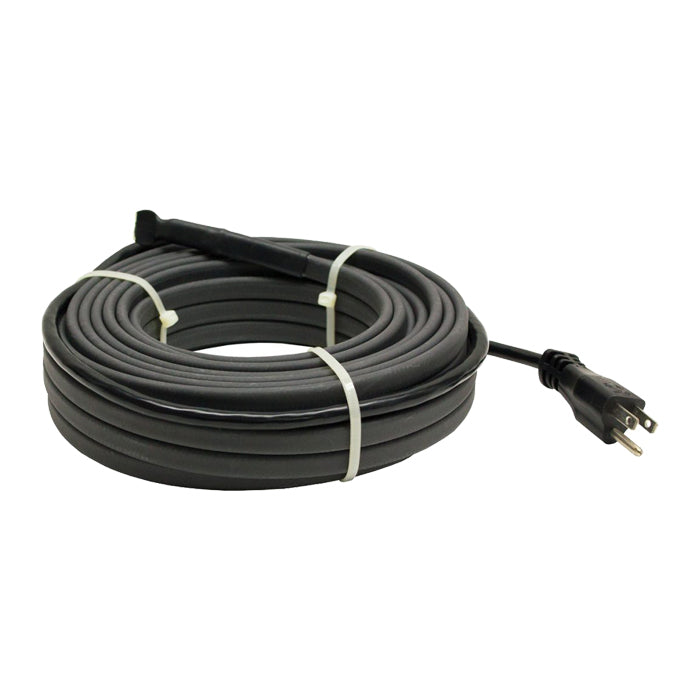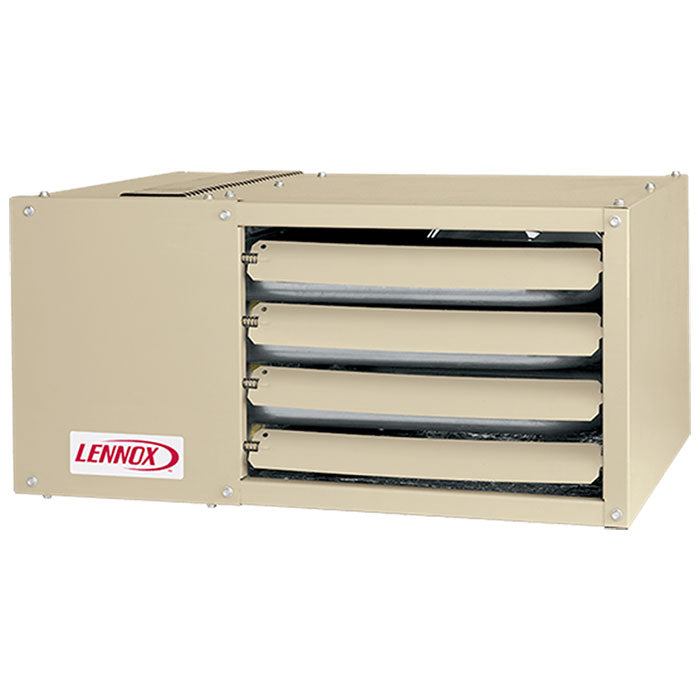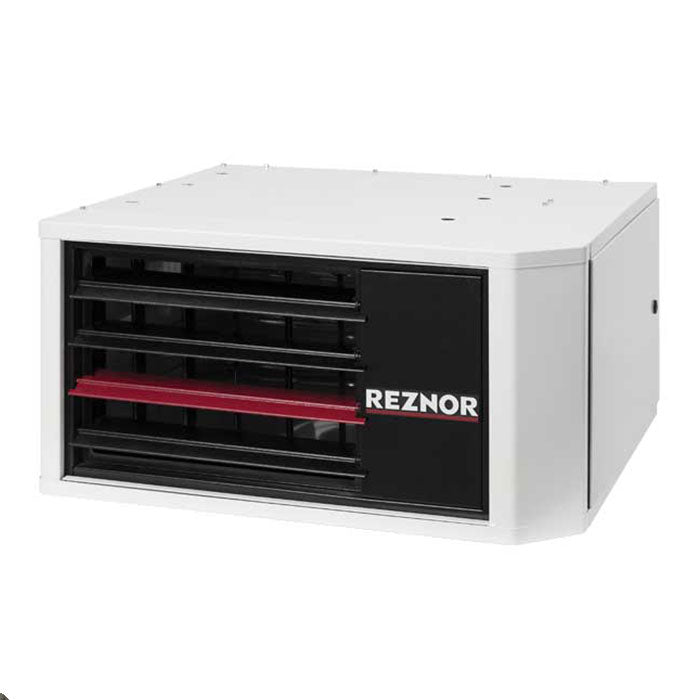During the winter months, growing indoors is often our only option. We can use a greenhouse, spare bedroom, or garage. Often times, the temperatures in these areas can reach sub-optimal levels as well, and plant growth will halt. The ideal temperature for plants is 70-80 degrees.
How do you keep a greenhouse warm?
When temperatures drop too low in your growing space, you need to act fast. Your plants will think the season is over and will go to sleep. They will stop growing, and can even perish. It is important to regulate the temperatures during these cold snaps.
In order to grow year-round, you are going to need to generate heat in your grow room. If you are a small hobby farmer growing in a room inside your house, you probably are fine. Otherwise, consider a small greenhouse heater.
Electric greenhouse heaters are capable of great energy efficiency when heating large spaces. They are great for commercial applications. If you are trying to keep a smaller space warm, you should use an A/C with a heat pump.
Using an air conditioner with a heat pump will accomplish two tasks. It will keep your grow space cool during the summer. And will keep it warm during the winter. These are cheaper as well.
The most important factor to consider when heating a greenhouse is the size. The correct size and wattage of the heater is important. An overheated grow room will result in dried-out plants. On the other hand, too cool of room is also going to inhibit growth and yield.
What size heater do I need?
The needed size of grow tent heater can vary a lot. It really depends on the size of the operation. The best way to choose the size heater is to measure the grow room in square feet and cubic feet.
All heaters will list specifications for the space that they can handle. Some small greenhouse heaters can even be used as a grow tent heater or grow room heater.
Do I need a model with a thermostat?
Most electric heaters have an internal thermostat that controls its operation and prevents it from overheating. Commercial model heaters will often have an external thermostat. For the small grower, a separate wall thermometer would be better for monitoring grow room temperature.
The most effective way to monitor temperature is with a temperature controller. This will monitor your temperature and turn on and off equipment accordingly.
How to increase the temperature in a grow tent
Keeping your grow tent warm can be a challenge depending on where you are growing. If you just need a little extra heat, try using a higher-wattage light. MH or HPS grow light can raise the temperature to a more desirable level.
If this is not enough, consider using a space heater. These are cost-effective, and small enough to fit in your tent. They do not produce a level of heat that could get out of hand.
There is tons more to learn about the environment of your garden. You can check out some of the articles in our learning center!
Can I use a ceramic heater in a greenhouse?
Ceramic space heaters run on electricity, producing heat in a tiny box. Ceramic heaters are portable so you can use them anywhere you want. Ceramic space heaters offer many advantages:
-
Ceramic units do not get too hot to the touch, and because of this they are considered extremely safe.
-
In turn, there is little to no fire risk.
-
Ceramic space heaters are also cheap.
-
Ceramic heaters cannot be used to warm bigger areas. If you have a large greenhouse, a ceramic heater may not work for you. But they do work particularly well in small and enclosed spaces and are perfect for small greenhouses.
-
Because these heaters don't generate high temperatures, they are efficient. This means you won't have to pay a lot in utility bills.
Top Greenhouse Heater Brands on Hydrobuilder.com
We carry several different types of heaters from several brands. Whatever level of heat you need for your greenhouse, you’ll find it here.
King Electric
King Electric has long been known as one of the top manufacturers of heaters. There are known for industrial, commercial, and residential heating solutions. If you grow in cold environments, these electric heaters are great for keeping your plants healthy and happy. Otherwise, they’ll experience slow growth and produce poor results.
They carry portable heaters, wall heaters, baseboard heaters, and tent heaters. Many models have remote controls and smart sensors included. They also offer thermostats that work on almost all models.
Lennox
Lennox garage heaters provide you with a simple solution for making your garage or workspace more usable. They are available in a range of sizes and fuel options. Lennox heaters output heat up to 75,000 Btuh. Lennox garage heaters bring reliable warmth to spaces large or small.
With a low-profile cabinet design and a choice of configurations, Lennox garage heaters are flexible and adaptable. Separated combustion heaters are available for hard-to-heat applications. This is important where there is extra dust, dirt, humidity, or negative pressure.
They work well in areas with a lot of dirt, dust, or negative pressure, where the risk of fire is high. Some models feature separated combustion for added safety. Their garage heaters are shipped completely assembled with controls installed and wired.









